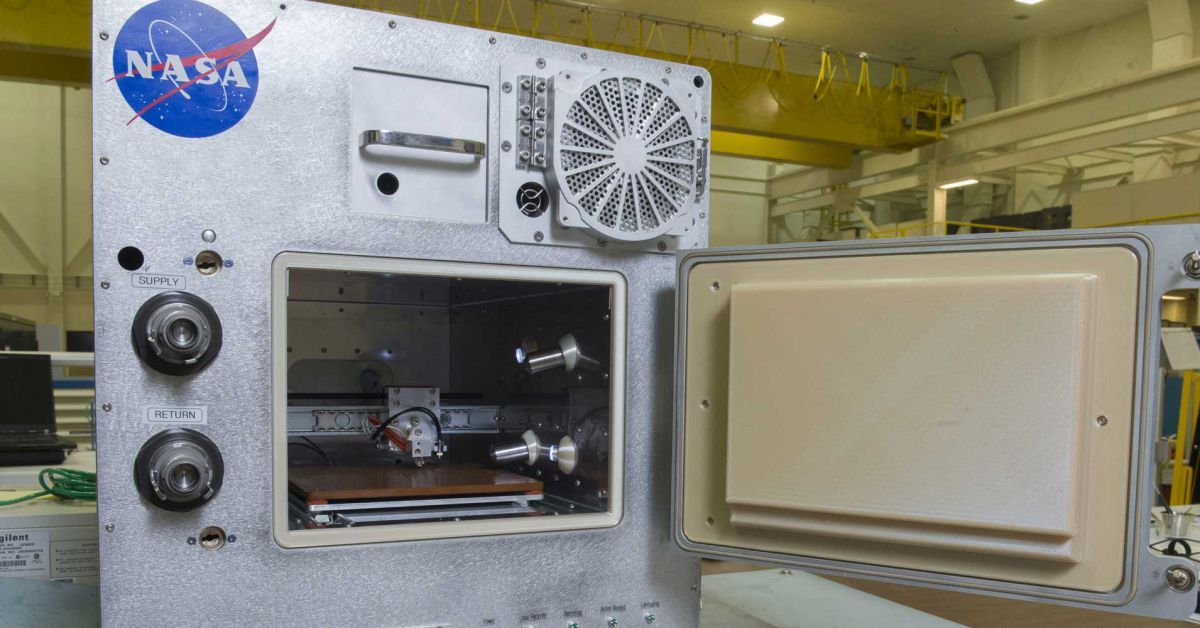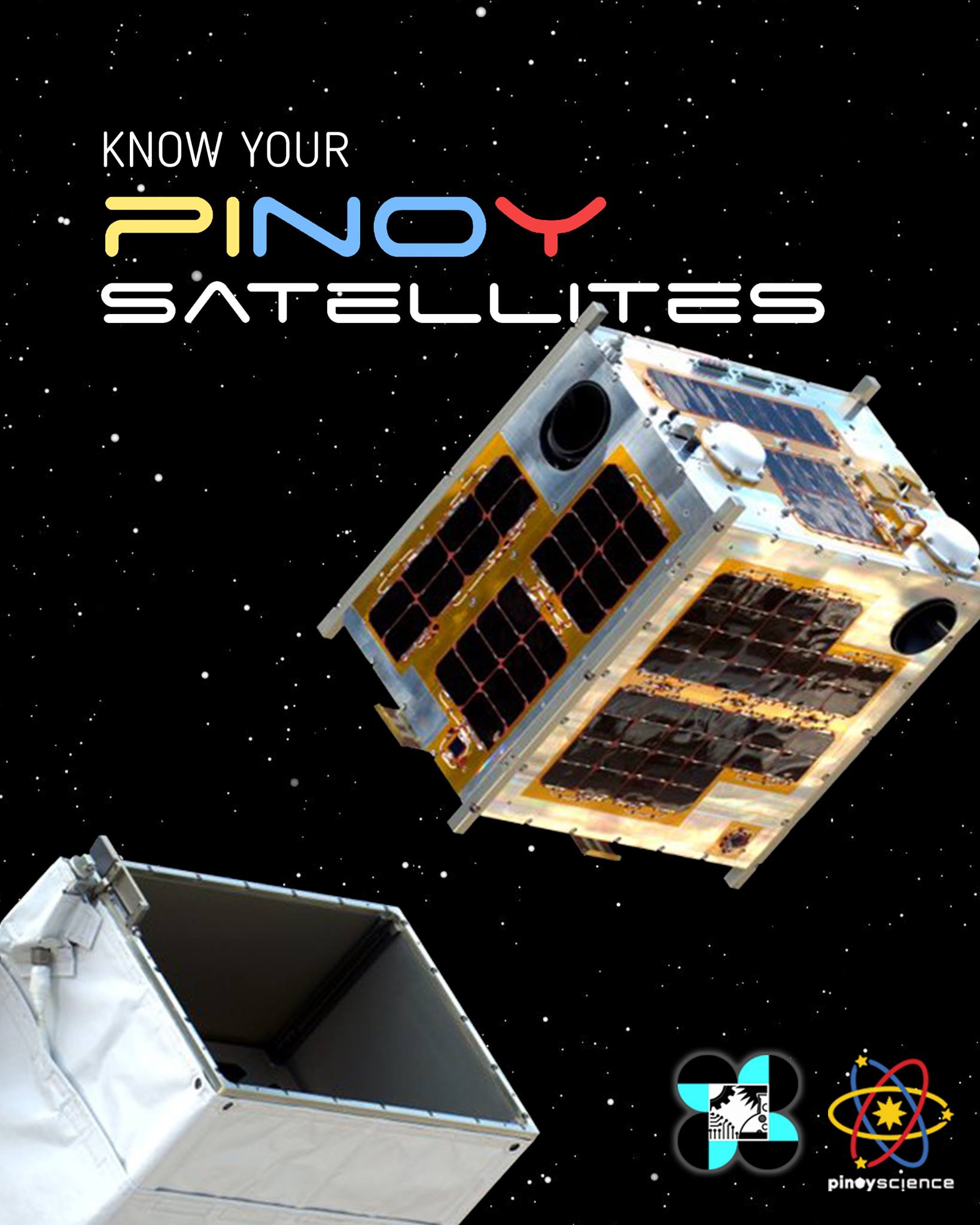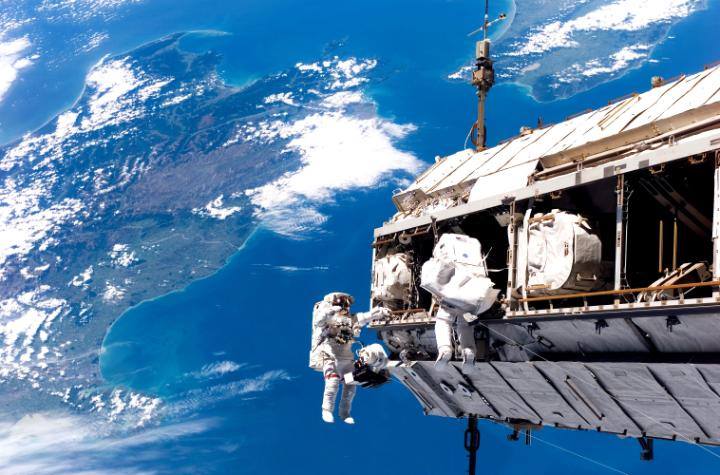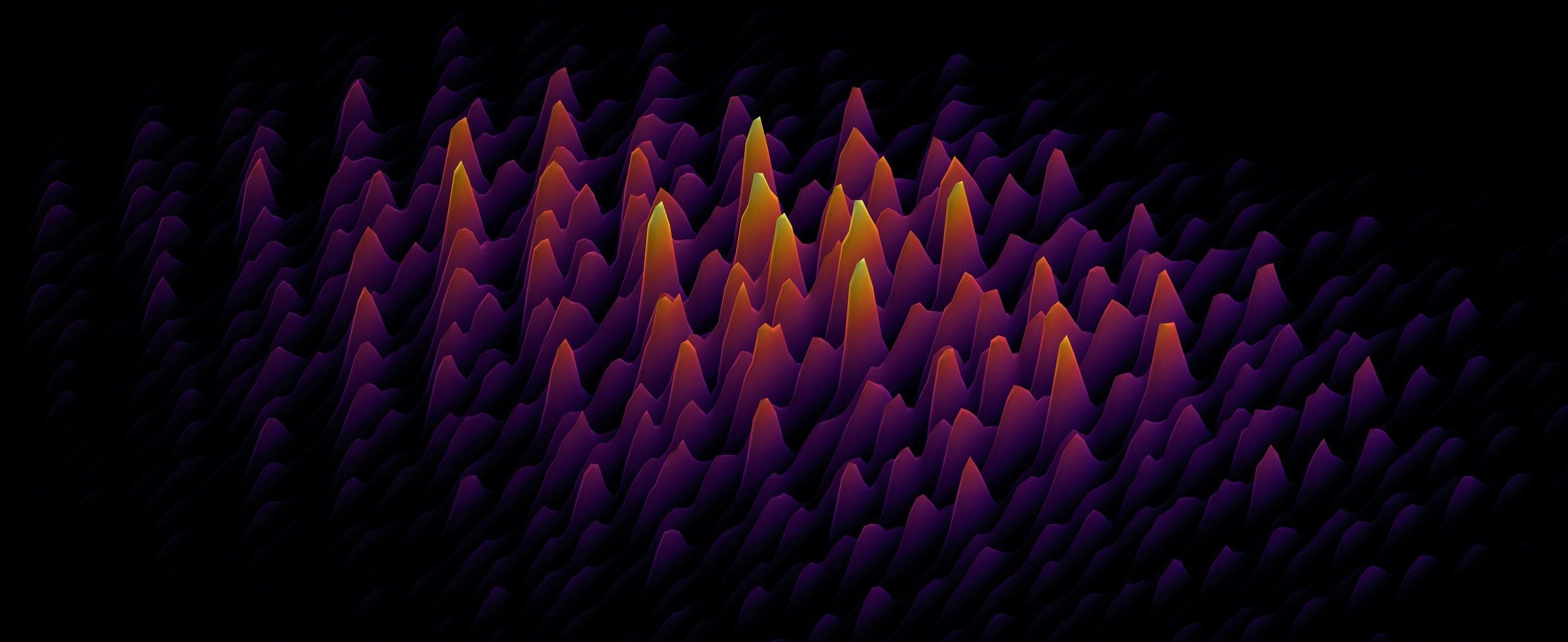Nov 21, 2018
Four Blind People Go Home With New Bionic Eyes
Posted by Nancie Hunter in categories: biotech/medical, cyborgs, transhumanism
Bionic Vision Technologies, a firm based in Australia, has announced that its bionic eye system has been used to restore a “sense of sight” to four completely blind people suffering from retinitis pigmentosa. The findings from the study, which was performed at Royal Victorian Eye and Ear Hospital in Melbourne, were presented at the Royal Australian and New Zealand College of Ophthalmologists Scientific meeting.
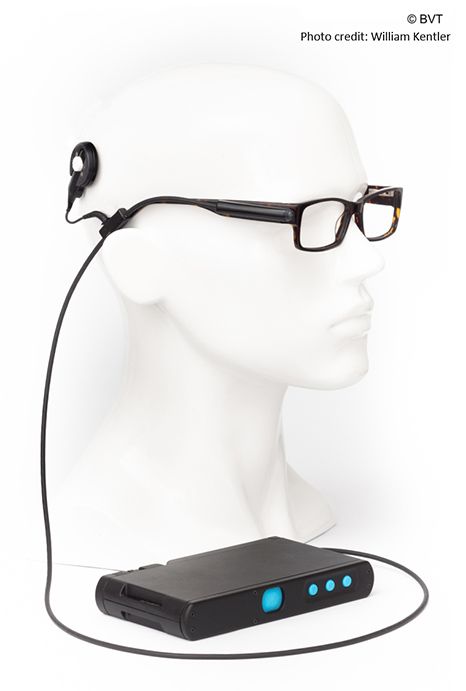
Unlike previous studies of the technology that were limited to in-lab use, the four patients were able to use the system in their everyday environments.
Continue reading “Four Blind People Go Home With New Bionic Eyes” »

